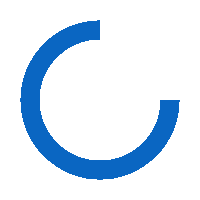
Average project size
$10,000 to $25,000Average hourly rate
$50 - $99Takes only 2 mins, 100% free








gapsystudio.comhomepage
purelogics.com
westack.aihomepage
Post a project for free and quickly meet qualified providers. Use our data and on-demand experts to pick the right one for free. Hire them and take your business to the next level.